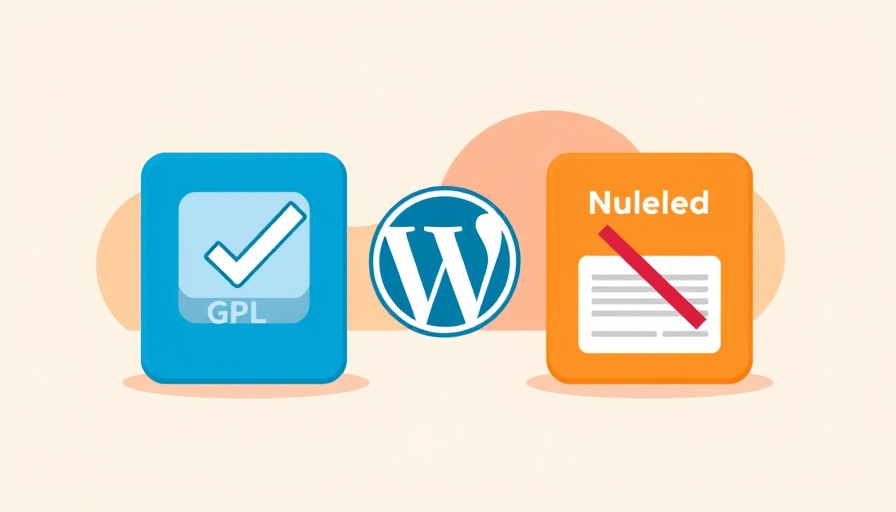
Understanding Tailwind CSS Animation: A Beginner's Guide
In the world of web development, animation can play a pivotal role in enhancing user experience and engagement. Using Tailwind CSS for animations not only improves your site's interactivity but also keeps the code clean and manageable. This guide will walk you through the basic concepts and practical implementations of animation using Tailwind CSS.
Why Use Tailwind CSS for Animations?
Tailwind CSS is a utility-first framework that simplifies the process of building modern websites with minimal custom CSS. The advantages of using Tailwind for animations include:
- Rapid development: With pre-defined utility classes, developers can implement animations quickly without writing extensive CSS from scratch.
- Responsive design: Tailwind allows for easy customization and ensures animations work seamlessly across various devices.
- Consistency: Using a framework promotes consistent styling across your website.
Basic Animations in Tailwind CSS
Tailwind CSS simplifies the implementation of animations using its utility classes. Below are foundational animations you can easily integrate:
-
Transition Property: Control the animated properties with utilities like
transition-colors,transition-opacity, etc. -
Transformations: Utilities such as
translate-x-1orscale-75allow for easy implementation of translate and scale effects. -
Animation Duration: Control how long an animation lasts using utilities like
duration-150orduration-500.
Example Implementation: Button Animation
Let’s create a simple button that changes color and scales on hover using Tailwind CSS:
<button class="bg-blue-500 text-white p-4 rounded transition-transform transform hover:scale-110 hover:bg-blue-700 duration-300"> Hover Me!
</button>This button will smoothly scale and change color when a user hovers over it, enhancing usability and visual appeal.
Advanced Techniques: Combining Tailwind with Keyframes
For more complex animations, you can define custom animations using keyframes. Here is how to set up a fade-in animation:
/* In your CSS file */
@keyframes fadeIn { 0% { opacity: 0; } 100% { opacity: 1; }
} .fade-in { animation: fadeIn 0.5s ease-in;
}Then apply the fade-in class to any element you wish. This method allows for tailored animations that suit your specific needs.
Future Trends: Animations in Web Design
As web design evolves, the significance of animations will undoubtedly grow. Innovations in Tailwind CSS and other frameworks will facilitate more elaborate animation possibilities, from subtle ux enhancements to dynamic storytelling experiences. Staying ahead of trends like AI-driven animations can significantly improve your digital marketing strategy.
As a vendor or business owner, leveraging animations not only enhances your site's visual impact but can also increase conversion rates. Users are more likely to engage with content that feels vibrant and alive.
Conclusion
Incorporating Tailwind CSS for animations is an effective strategy for any web developer looking to enhance user experience while maintaining clean code. Whether you're creating simple hover effects or complex animations, Tailwind CSS offers the flexibility and tools needed for successful implementations. Explore Tailwind's extensive documentation to discover more about bringing your web projects to life.
If you want to stay updated with the latest trends in digital marketing, including insights on leveraging animations for better user engagement, consider subscribing to our newsletter.
 Add Row
Add Row  Add
Add 




Write A Comment